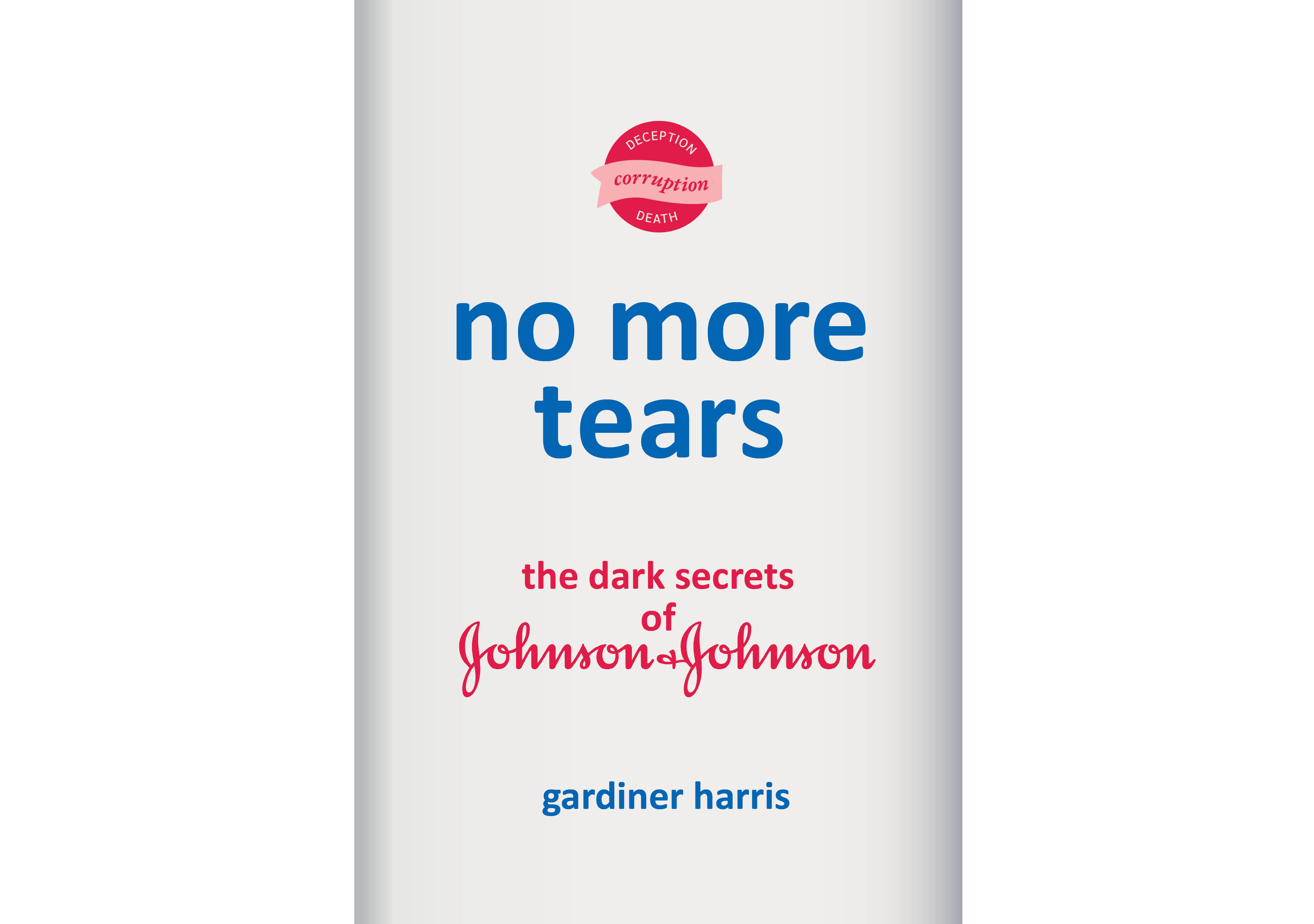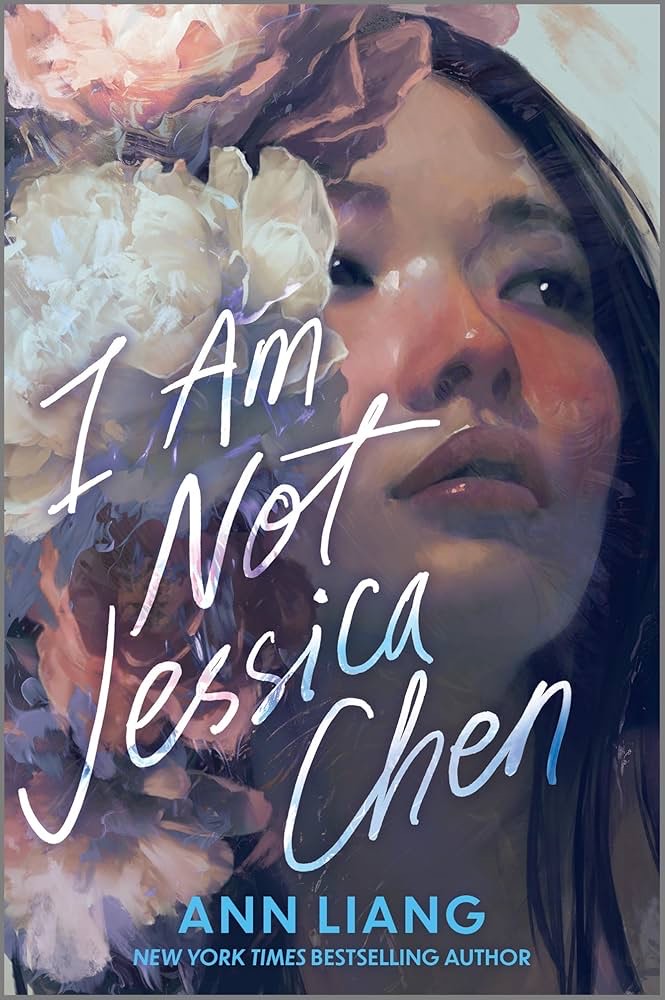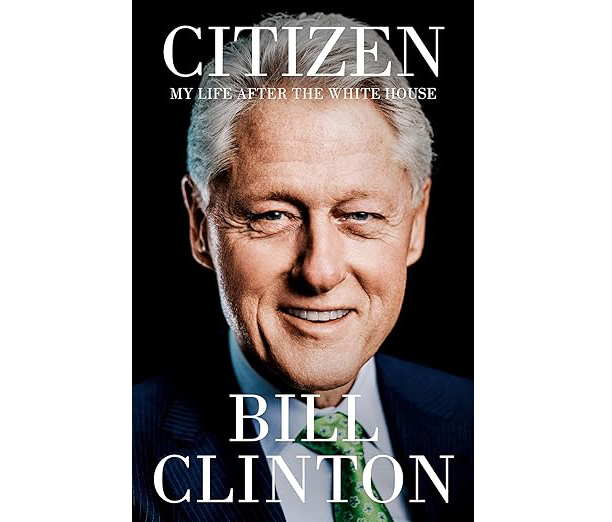Book review: Gardiner Harris’ new exposé competently uncovers Johnson & Johnson ethical battles

Pictured is the cover of Gardiner Harris’ latest book, “No More Tears: The Dark Secrets of Johnson & Johnson.” The piece is an in depth account of Johnson and Johnson’s legal disputes and negative impact on the health system. (Courtesy of Random House)
“No More Tears: The Dark Secrets of Johnson & Johnson”
Gardiner Harris
Random House
April 8

By Amy L. Wong
April 24, 2025 10:08 p.m.
This post was updated April 27 at 9 p.m.
Deadly secrets are revealed in “No More Tears: The Dark Secrets of Johnson & Johnson.”
Gardiner Harris, a former pharmaceutical reporter for The New York Times and a reporter for The Wall Street Journal, effectively explains the legal battles involving the global health care company and the difficulties the media has in reporting on health-related scandals in his latest book, which was released April 8. Some may complain that the majority of the book reads like a dry textbook, only meaningful to health care professionals or those invested in related industries. Yet, when Harris explains how specific individuals were harmed by what is perceived as one of the most trustworthy companies, even the most indifferent reader may shed a few tears.
For those unfamiliar with how extensive and reputable J&J is around the world and across time periods, Harris expertly provides historical context and examples to illustrate how trusted and prominent the company is. Fortune has ranked J&J number one on the pharmaceutical industry list for 10 consecutive years. The company celebrated its 25th anniversary by announcing that it was producing 90% of the world’s sterile cotton, gauze and bandages in 1911.
Even if the reader is disinterested in history and rankings, if they use common products such as Tylenol, Benadryl, Neutrogena skin cleansers or one of the most trusted individual products in the world – J&J’s bandages – they are directly impacted by the financial success and ethical failures of the company. Harris does not hold back when critiquing the beloved conglomerate often associated with infant care.
In order to convey how unethical J&J’s practices were, Harris frequently explains the science behind the illnesses the products allegedly treat, the risks of the products and other relevant concerns. He brilliantly strikes a balance between sharing too many details and too few, providing enough information so that nontechnical readers can understand how dire and appalling some of the circumstances are without insulting the reader’s intelligence.
For example, Harris informs readers that some infants would put J&J’s Baby Powder on their faces and suffocate to death because of the powder’s small size and water insolubility, which blocks the alveoli in one’s lungs – where oxygen transitions into the bloodstream. Without Harris’ explanation of what an alveoli does or how the suffocation occurred, readers may not have realized just how deadly J&J’s products can be in everyday circumstances. The reader’s revelation is likely to be tainted with anger and frustration at the company’s refusal to switch from talc to cornstarch in their baby powder – despite talc’s health risks and the relatively equal level of effectiveness.
Furthermore, Harris humanizes those injured because of the company by presenting the specific cases of many individuals throughout “No More Tears.” One of these individuals was Toni Roberts, who used J&J’s Baby Powder every time she showered, as well as using its sweet scent to cover the smell of the hockey equipment from her two sons. She was diagnosed with ovarian cancer and her symptoms included loss of fingernails, pain and constant nausea. She died 14 weeks after testifying. Harris explores the stories of individuals to help the reader understand the hurt the health care company caused many of its loyal customers.
With Harris’ journalistic background, he is able to provide an insider’s perspective on why the media may be hesitant to report on J&J’s blunders. The company has a large advertising budget and the ability to threaten to pull advertising from a publication if unfavorable stories are about to air. The conglomerate has also prevented the release of stories by warning the media about financial ruin at the local and national levels. Even critics of the media may become more sympathetic of why the media struggles to inform the public of the company’s dangerous, and even deadly, products because of Harris’ context.
In addition to shedding light on the media industry’s role in reporting J&J’s mistakes, Harris also leads the reader out of the dark regarding the legal battles against the conglomerate. Harris provides an excerpt straight from a tense cross-examination that shows the reader firsthand tactics J&J attorneys used to avoid accountability. A challenge plaintiff attorneys faced when fighting against the company was that previous legal cases involving the company’s errors could not be referenced, as they may have been considered prejudicial. Outside of the courtroom, Harris argues that lawyers are deterred from representing clients litigating J&J since most prospective employers either represent J&J or hope to.
Harris accomplishes more than making readers cry over the company’s misdeeds. He also proposes seven solutions to improve the health care system at the end of “No More Tears.” Some of the solutions are so intuitive, the reader may be surprised by the fact they are currently not implemented. For example, his fourth suggestion is that “companies and their executives must be punished for lying under oath to the FDA and federal courts.” Others seem less intuitive, such as his second suggestion for states to discontinue medical education financed by drug and device companies. After reading the book, his solutions can be understood as being supported from the study of the numerous disasters J&J were aware of but hid because of the prospect of profits.
After drying their many tears, readers will view the seemingly reputable company with skepticism and perhaps disdain.




